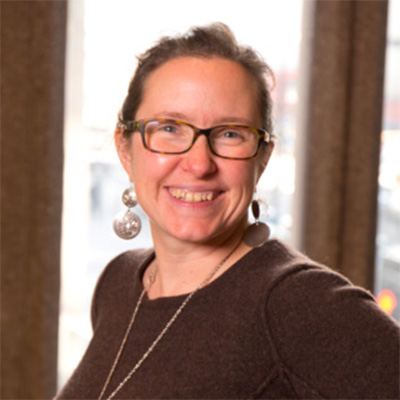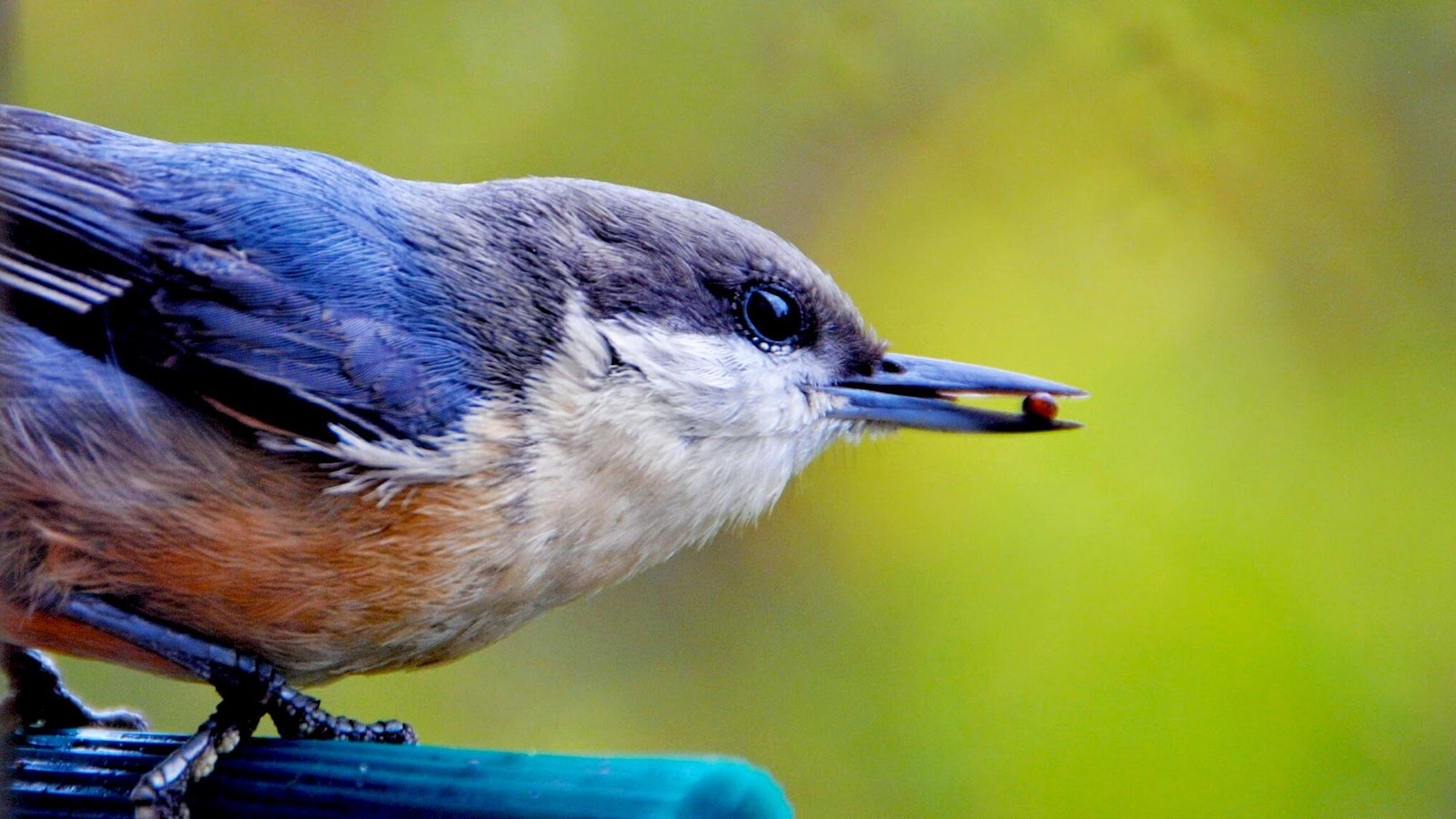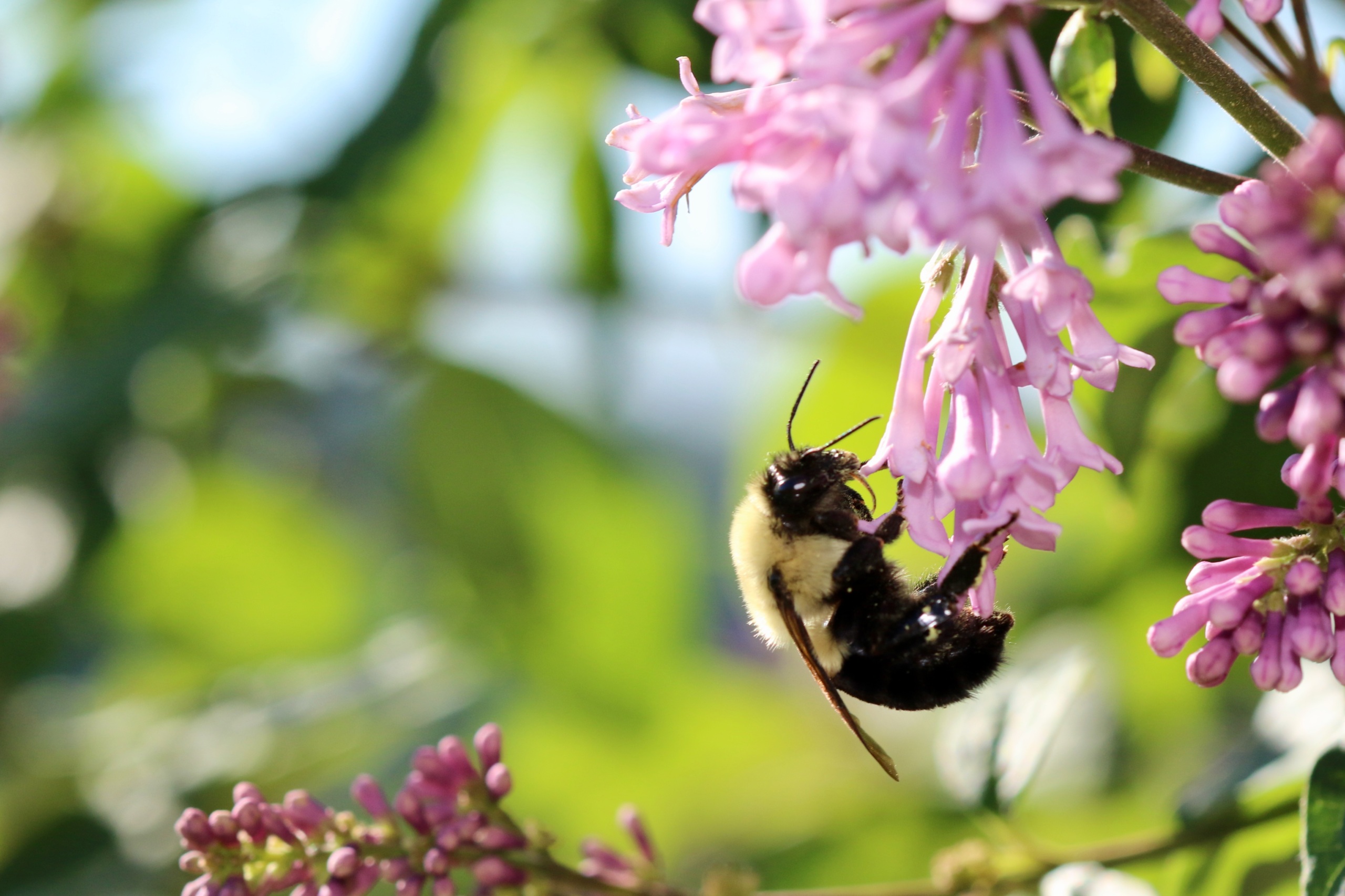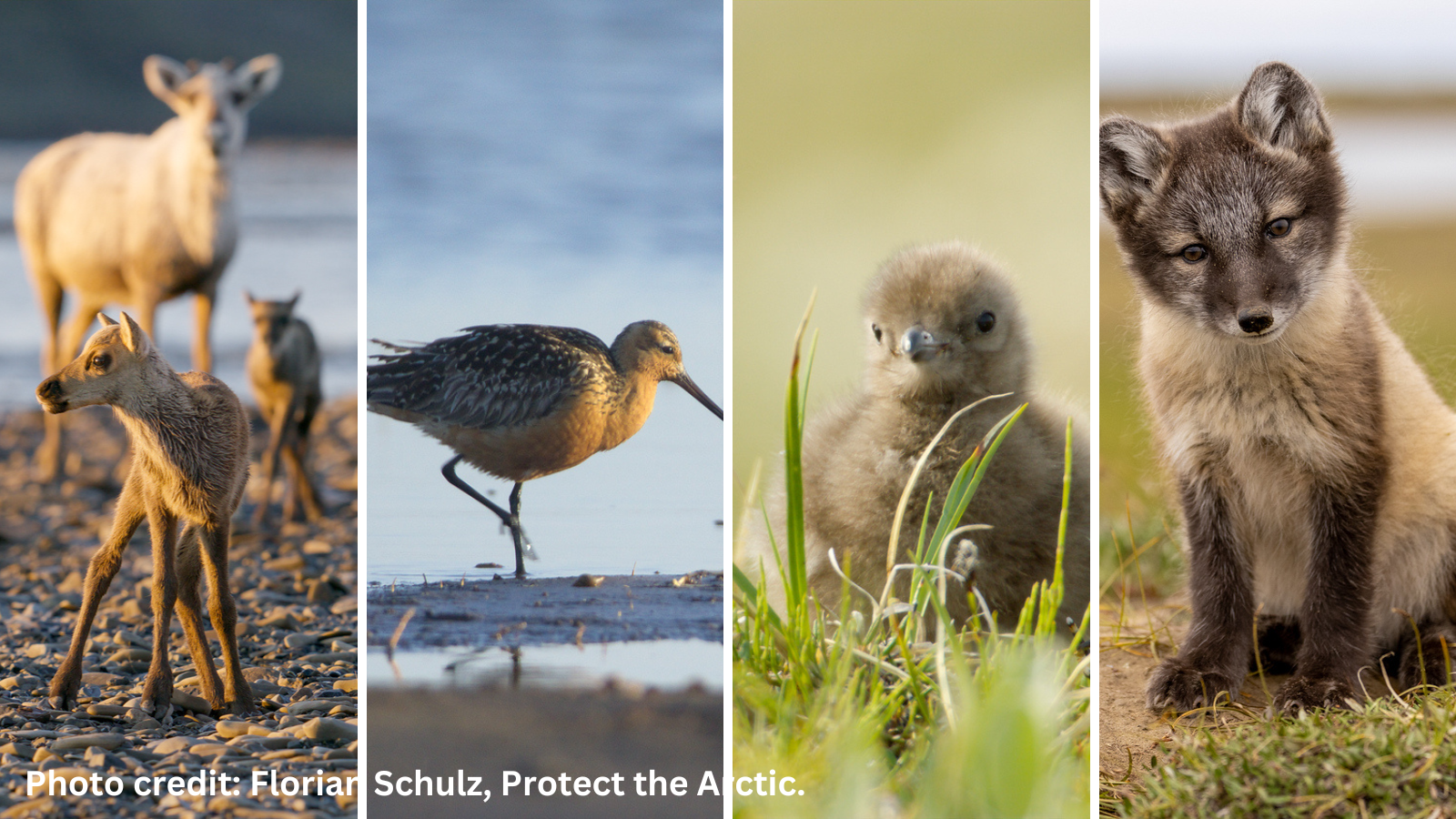
艾伦·蒙哥马利
Director, Public Lands Campaign, Environment America Research & 政策中心
All Americans should care about the wildlife on the coast plain of the Arctic National 野生动物 Refuge, 即使我们从未拜访过.
Protecting the Arctic National 野生动物 Refuge is a legacy of our country’s conservation movement. Originally established in 1960 under President Dwight D. Eisenhower, the refuge pre-dates the publication of Rachel Carson’s seminal book, 寂静的春天 (1962)和 圣巴巴拉漏油事件 (1969), which horrified the organizers of the first Earth Day (1970).
I’ve never been to the refuge, and, I suspect you’ve never been there either. 事实上, the vast majority of Americans are less likely to visit the north slope of 阿拉斯加 than almost any other spot in the U.S. 当然, if you’re lucky enough to have access to a private plane or you’re up for hiking and backpacking there from F空气banks — with all of the food and provisions you’ll need — it’s surely worth the effort. By all accounts, it’s spectacular. However, that’s beyond so many of us. Still, even if we never get there, that’s not the point of protecting this place.
This reason why this wild and amazing place must be protected was eloquently explained in the 1964 Wilderness Act, which was enacted four years after the refuge was officially designated.
Its words clearly apply to this remote 阿拉斯加n area: “A wilderness, in contrast with those areas where man and his own works dominate the landscape, is hereby recognized as an area where the Earth and its community of life are untrammeled by man, where man himself is a visitor who does not remain.”
In the case of the refuge, the “community of life” includes a wide variety of critters. One of my favorites is the muskoxen. Seemingly straight from a Star Wars scene, this prehistoric species dates back to the Pleistocene Era (10,距今1000年前). It had been driven to extinction within the U.S. by 1900 (persisting in Canada and Greenland) and were reintroduced to 阿拉斯加 in the 1930s. 到20世纪80年代, descendants of muskoxen transplants from Greenland were reintroduced in the Arctic National 野生动物 Refuge.
While I’m partial to those creatures, I, like nearly everyone else, also love polar bears. The refuge provides safety for the life cycle of endangered polar bears. Pregnant mother bears dig their dens in November and emerge with their cubs in the spring. 只有大约 900只北极熊 in the Southern Beaufort Sea population, whose range includes the refuge, the loss of any denning terrain is unacceptable.
Snow geese are a seasonal member of this community. 在八月和九月, tens of thousands of these birds will feed on the refuge’s north slope in preparation for their southern migration. There are multiple snow goose festivals in the lower 48 states where people gather to watch these majestic birds on their migratory routes. Snow geese were another species that had been on a path to extinction, but have bounced back in the last century.
There are several chapters to the story of species recovery, but protected habitat is the most significant. That said, protecting a habitat does mean saying no to something else. 在这种情况下, safeguarding the refuge means saying no to the oil that’s most likely below the Arctic tundra.
But this shouldn’t be a difficult choice. Just take a look at those muskoxen and I think you’ll agree that we must prioritize species, 美, wilderness and nature over a little more oil. And, perhaps, that realization will lead you to a larger point. As Americans continue to produce and consume more on average than at any point in human history, we should also reconsider our priorities. Maybe we can be content (or even pleased) with slightly less stuff so that our fellow members of Earth’s “community of life” can have a better chance at their own survival.
I know I desperately wish to be a member of that ‘community of life.’
Director, Public Lands Campaign, Environment America Research & 政策中心
Ellen runs campaigns to protect America's beautiful places, from local beachfronts to remote mountain peaks. 在担任现职之前, Ellen worked as the organizing director for Environment America’s Climate Defenders campaign. Ellen lives in Denver, where she likes to hike in 科罗拉多州's mountains.







